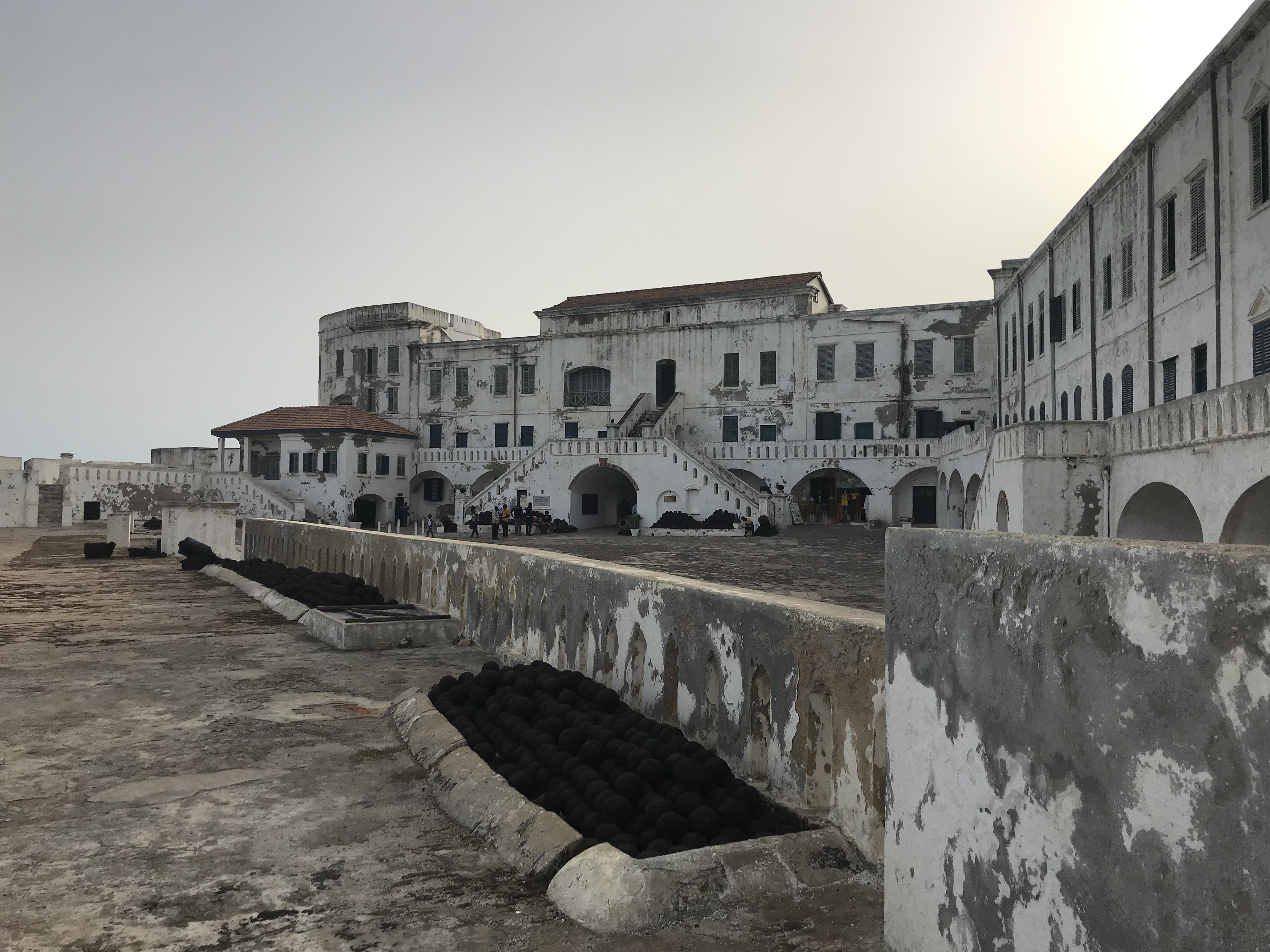
Södertälje konsthall
Projects
2018
Decolonising Södertälje konsthall
— The Family and the Slaves by Carl Johan De Geer
By Kalmar konstmuseum, Södertälje konsthall, Norrköpings Konstmuseum,
Decolonising Södertälje konsthall
— The Family and the Slaves by Carl Johan De Geer
By Kalmar konstmuseum, Södertälje konsthall, Norrköpings Konstmuseum,
Decolonising Södertälje konsthall
— The Family and the Slaves by Carl Johan De Geer
By Kalmar konstmuseum, Södertälje konsthall, Norrköpings Konstmuseum,
Decolonising Södertälje konsthall
— The Family and the Slaves by Carl Johan De Geer
By Kalmar konstmuseum, Södertälje konsthall, Norrköpings Konstmuseum,
Decolonising Södertälje konsthall
— The Family and the Slaves by Carl Johan De Geer
By Kalmar konstmuseum, Södertälje konsthall, Norrköpings Konstmuseum,
Decolonising Södertälje konsthall
— The Family and the Slaves by Carl Johan De Geer
By Kalmar konstmuseum, Södertälje konsthall, Norrköpings Konstmuseum,
Decolonising Södertälje konsthall
— The Family and the Slaves by Carl Johan De Geer
By Kalmar konstmuseum, Södertälje konsthall, Norrköpings Konstmuseum,
Projects
2018
Decolonising Södertälje konsthall
— The Family and the Slaves by Carl Johan De Geer
By Kalmar konstmuseum, Södertälje konsthall, Norrköpings Konstmuseum,

01/12 – 03/05, 2020
INTRODUCTION
Joanna Sandell, director, Södertälje Konsthall
Along the West African coastline, there were once 66 slave fortresses. Today, these derelict buildings bear witness to some of humanity’s darkest history. Through the exhibition Släkten och slavarna (The Family and the Slaves) by Swedish artist Carl Johan De Geer, we are transported back to the sixteenth century and a highly personal family history. Carl Johan De Geer is related to “the father of Swedish industrialism”, the trader and slave trader Louis De Geer, fifteen generations on the male lineage. Can guilt be passed on? And what do we really know about Sweden’s involvement in the slave trade?
The exhibition is produced by Helena Scragg at Norrköpings Konstmuseum, (Norrköpings Art Museum) and focuses on Louis De Geers important but rarely questioned role for Norrköpings industrial history and its connections to, for example, slave trading. With the exhibition Släkten och slavarna, Södertälje Konsthall continues the process of decolonising the art institution and its programme. This process began with Kudzanai Chiurai’s exhibition Madness and Civilization, where the audience was confronted with a body of works that examines how the brutality of colonialism subsists and is reproduced on the African continent. In Släkten och slavarna, however, we are looking at Sweden.
Carl Johan De Geer, born 1938, is a prominent artist and important voice in Swedish cultural life. He is loved as an artist, writer, designer and filmmaker. Through his artistic work, we have often been confronted with personal and humorous stories of family dramas related to larger social and political phenomena. According to art critic Birgitta Rubin, Släkten och slavarna is the most important artistic work Carl Johan De Geer has made. Carl Johan De Geer has been exhibited at Södertälje Konsthall two times earlier: 1968 in the exhibition The Artist as an Agitator and in 1994 in the exhibition ART MACHINE / Konstmaskinen.
The slave fortress Cape Coast Castle, formerly called Carolusborg, was a trading fortress built in the mid-17th century to establish trade on the Swedish Gold Coast, (present Ghana). The fortress was rebuilt and developed, was taken over by the Danes, and then by the English who built the fortress as it stands today. The merchant Louis De Geer worked here, and after him his sons Louis and Laurent continued to run the family company, including the slave station. In Södertälje Konsthall we enter Carl Johan De Geer´s imaginary world tied to this dark family history. In the exhibition space there is also educational
material and a newly recorded film where one of the guides at the slave fortress of Cape Coast Castle, Francis Kofi Essel, tells the history of the fortress from a Ghanaian perspective.
Thanks to:
Stiftelsen Längmanska kulturfonden, Stiftelsen Helge Ax:son Johnson and Fredrik Morsing, Swedish Consulate General in Accra. The exhibition is produced by Norrköpings Konstmuseum.
Photo and sound(Ghana): Steuart Wright.